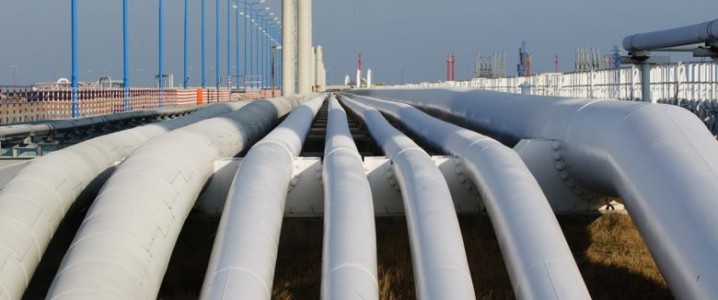Aramco: Gas Crunch Boosts Oil Demand By 500,000 Bpd

The natural gas crunch has increased global oil demand by 500,000 bpd, the chief executive of Saudi Aramco said at this week's Energy Intelligence Forum
Energy Intelligence quoted the executive as saying that he expected oil demand to reach 99 million bpd by the end of this year
The natural gas crunch has increased global oil demand by 500,000 bpd, the chief executive of Saudi Aramco said at this week's Energy Intelligence Forum.
"There is higher demand," Nasser said, as quoted by Bloomberg. "There is some shift we have seen from gas to liquids, especially in certain markets in Asia."
Energy Intelligence quoted the executive as saying that he expected oil demand to reach 99 million bpd by the end of this year and rise further to top 100 million bpd in 2022. This appears to have strengthened Aramco's resolve to boost its maximum sustained production capacity to 13 million bpd.
"Our maximum sustained capacity from 12 to 13 million (bpd)... is not going to come to full capacity at 13 million bpd until 2027," Nasser said, however, as quoted by Reuters.
Aramco also has plans to boost its oil trading business, Nasser said, from 5.5 million bpd currently to 8 million bpd in five years.
Brent crude jumped to over $81 a barrel yesterday after OPEC+ said it will not add more barrels to its monthly production besides the 400,000 bpd already agreed upon earlier this year. While not surprising, the cartel's decision went against some expectations, or rather hopes, that it will step in to compensate for the strong rebound in demand for oil while supply globally remained tight.
Goldman Sachs recently updated its fourth-quarter oil price forecast, now expecting Brent to reach $90 per barrel amid the energy crunch. Bank of America went a step further, warning that crude could hit $100 per barrel by year-end because of the energy crisis if the winter in the northern hemisphere turns out to be extra cold.
BofA is bullish on oil not only in the near term, but in the longer term as well, due to the chronic underinvestment in new supply, driven by last year's crisis and the net-zero commitments of energy companies and governments.




